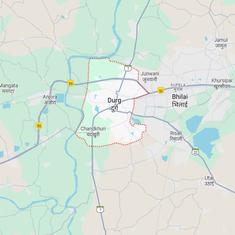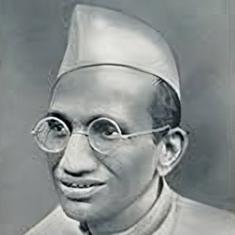Cabinet approves Unified Pension Scheme, Centre claims it will benefit 23 lakh government employees
The decision was taken in the backdrop of protests by Opposition parties and trade unions against the New Pension Scheme.

The Union Cabinet on Saturday approved a Unified Pension Scheme that will apply to about 23 lakh central government employees .
The Cabinet decision was based on the recommendations of a committee under former Finance Secretary and Cabinet Secretary (designate) TV Somanathan that was tasked with reviewing the New Pension Scheme, which faced protests from Opposition parties and several trade unions.
Under the Unified Pension Scheme, employees who worked for a minimum of 25 years will get an assured pension amounting to 50% of their average basic pay in the 12 months before their retirement. The pension for employees who worked for less than 25 years will be proportionate to their tenure, with the minimum benefit being Rs 10,000 per month.
The minimum period of service to be eligible for a pension will be ten years.
The new scheme also provides for a family pension equivalent to 60% of the pension that employees had been getting immediately before their death.
Retired workers will get dearness relief based on the All India Consumer Price Index for Industrial Workers, Union minister Ashwini Vaishnaw said on Saturday at a Cabinet briefing. This means that the pension amount will increase periodically to offset the impact of inflation.
Further, a lump sum payment in addition to gratuity will be made to employees when they retire. For the lump sum payment, one-tenth of the employee’s monthly emoluments – which will comprise both pay and dearness allowance – will be collected for every six months of service.
While employee contribution to the Unified Pension Scheme will remain the same at 10%, government contribution has been increased from 14% to 18.5%
Vaishnaw on Saturday said that the Unified Pension Scheme will be optional for central government employees currently enrolled under the New Pension Scheme. He added that state governments can also choose to join the scheme.
“If state employees also join this, then this is expected to benefit 90 crore employees,” the minister said, according to The Indian Express.
50% assured pension is the first pillar of UPS scheme. The amount of the 50% assured pension will be the average of basic pay of 12 months before annuation. The qualifying service for the full pension will be 25 years
— PIB India (@PIB_India) August 24, 2024
-Union Minister @AshwiniVaishnaw #CabinetDecision pic.twitter.com/0zUaapNTKE
Protests against New Pension Scheme
The Unified Pension Scheme has been announced in the backdrop of protests against the New Pension Scheme by government employees. Those protesting the New Pension Scheme objected to the 10% deduction from their monthly salaries and contended that the scheme would make their incomes unstable.
The protestors demanded that the government revert to the Old Pension Scheme. Five states – Rajasthan, Jharkhand, Chhattisgarh, Punjab and Himachal Pradesh – told the Centre that they would revert to the Old Pension Scheme for state government employees.
In the Old Pension Scheme, employees get 50% of their last drawn basic pay plus dearness allowance on retirement. Under this system, employees do not have to contribute to their pensions on their own.
Under the New Pension Scheme, individual savings are pooled into funds during the employment period. Individuals can choose from a range of schemes promoted either by public sector banks or private companies.









